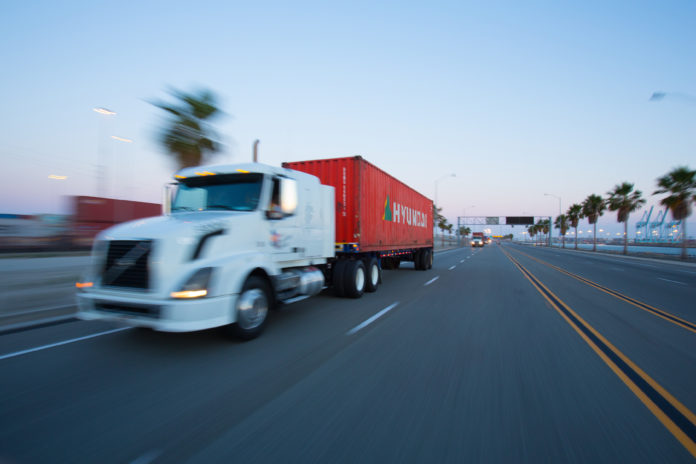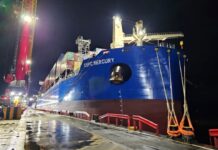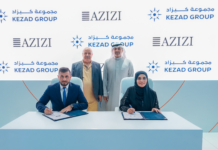
Both the Harbour Commissions from the US west coast ports of Los Angeles and Long Beach are considering a levy on more polluting trucks that come to the two ports.
The Clean Truck Rate (CTR) will be discussed at the port’s respective board meetings to be held on 20 February at the Port of Los Angeles and on 24 February at Long Beach.
In a joint statement the ports claimed, “The Clean Truck Rate is expected to accelerate the introduction of cleaner drayage trucks into the port complex.”
The Los Angeles Board of Harbor Commissioners will begin its meeting at 9am at the Port of Los Angeles Administration Building, 425 S. Palos Verdes St., San Pedro 90731. It will be available on livestream here. While the Long Beach Board of Harbor Commissioners will meet at 1:30pm at the Bob Foster Civic Chambers at Long Beach City Hall, 411 W. Ocean Blvd., Long Beach 90802. It will also be available on livestream here.
In an effort to discuss the development of the CTR the ports held an initial workshop on the 1 August last year and followed this with a second workshop just before Christmas on 18 December.
The port’s joint statement also pointed out that following the release of the Draft Economic Study an “Additional discussion and comment on the rate occurred at the ports’ regular quarterly Clean Air Action Plan (CAAP) stakeholder meeting held on 15 January 2020.
The CAAP has set a goal of zero-emissions for drayage trucks calling at the ports by 2035 and the port authorities believe that a major component and driver for the CAAP will be the CTR.





